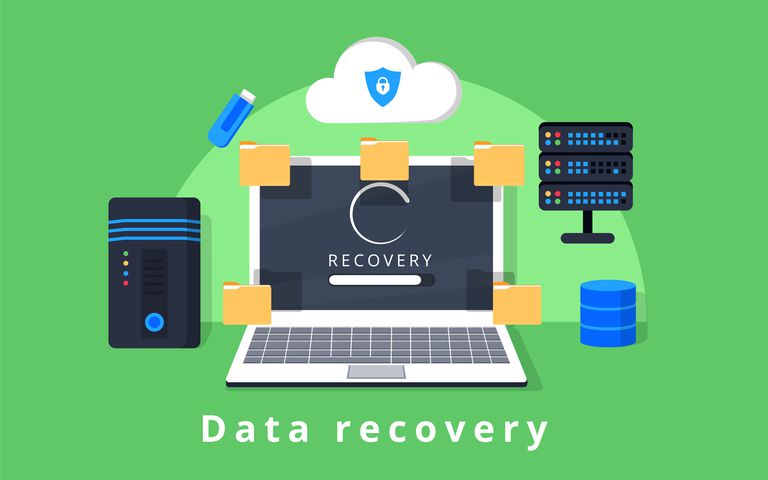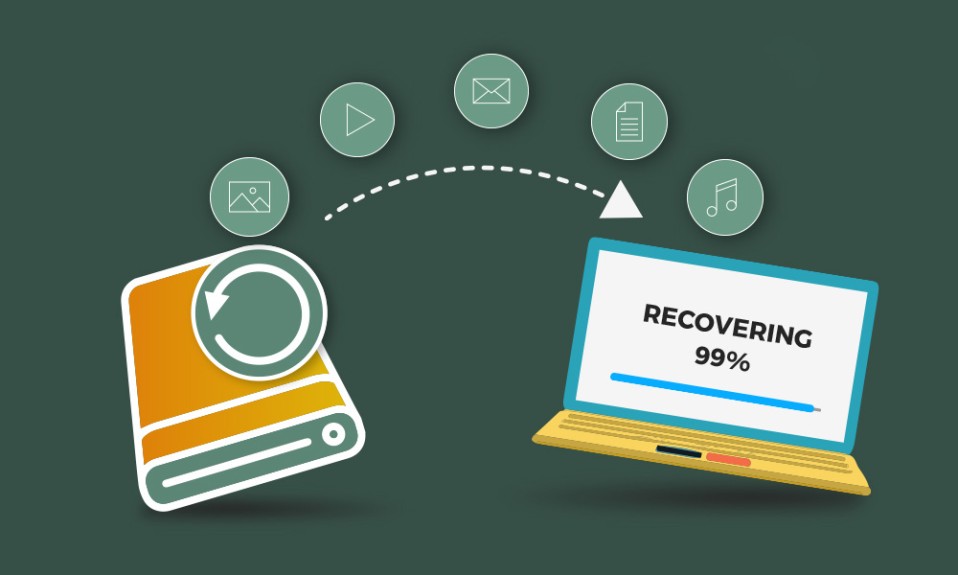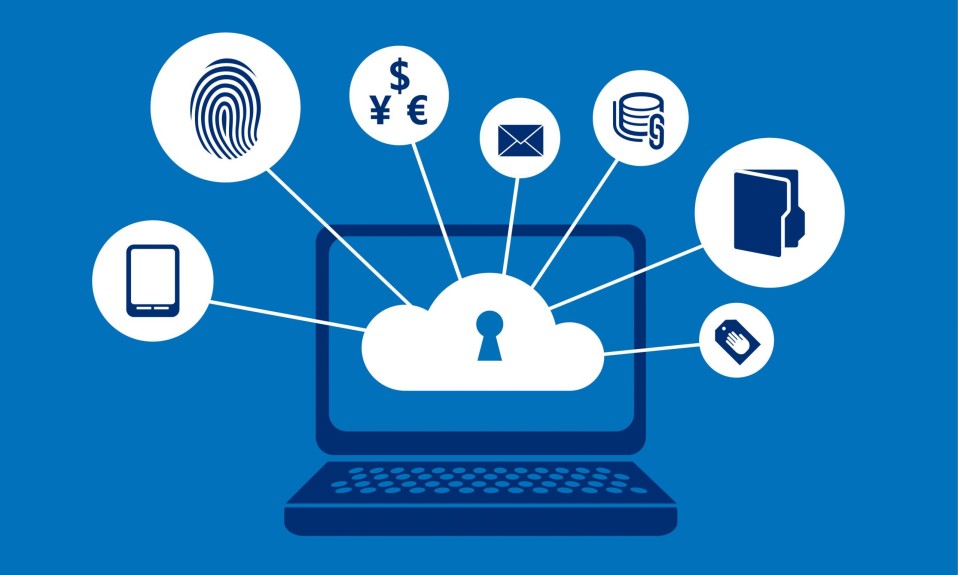Complete step Guide for the disaster recovery planning
Nexstor, the data specialist says that 60 percent of small-size businesses loses their data in 6 months while 90% of businesses shut down with the serious failures & for not having any disaster recovery plan.
Here this blog will give a light on the steps for disaster recovery plan in a detail.
What is the Strategy for disaster recovery?
Every business knows the value of its priceless data hence they should have a disaster recovery plan in order to protect its data. The disasters may include ransomware, viruses, malwares, human errors, natural disaster etc. which can lead to no-normal operation of any business or a complete shut-down.
Organizations usually are reliable on data centers or networks for its huge amount of data that is generated. It must ensure a total security of its software & hardware functions.
The IT department must consider the following steps for disaster recovering plan:
- Know what scope is there for the project.
In case if your business wants a rapid & simple use to your data then a plan of disaster recovery is required. It should be kept in mind to make a plan in a manner that can safeguard your data & provides security throughout the business existence.
Its recommended to use a data storage that is offsite example: Data center.
- Realize the business vulnerabilities
The business must be able to recognize its past cyber threats, understand the geographical region where its situated and its threats etc. The plan for disaster recovery must point towards the protection of the maximum assets especially the most significant areas of your business.
- Organize & analyze the risk factors
There is always a need for safeguarding your precious data by conducting tests on the risk factors. It’ll help you to derive the perspective of your positioning and safety for your assets.
- Recognize the recovery strategy
The recovery strategy adopted by the business must look for its effectiveness and cost- efficiency. The technicians for the plan must be on speed dial so as to save time and recover data quickly. Data recovery companies can aid to retrieve backups you might have.
- Draw the plan
Draw the plan by collecting the ideas & insights, write them in an understanding & concise manner for guidance. This guide should be kept in a convenient position for everyone to reach out easily. Keep a hard copy of this guide.
- Employment training for better understanding
The employees need to be trained for the disaster recovery plan for a better understanding. You should always reach out to the key employees for this purpose but also make sure that all your employees know this plan thoroughly to handle the situation at the time of need.
- Plan testing
Be sure to test your plan to know if it stands successful during the time of any disaster. Run the plans in the staged environment to know how the steps unfold & whether there’s any need to make an amendment.
- Revision & updation when needed
Update your plans whenever there’s a change in the technology, products, services, change in operation, etc. It will help you during the time of any disaster.
What is disaster recovery plan(DRPs) & business continuity plan(BCPs)?
BCP are the plans for the business during it critical scenarios which is not expected. It includes process, resource, functions that will help the business to get back to its normal operation. It decreases the downtime amount.
DRP is a process of retrieving the significant data in hardware or IT departments. It helps in getting back to business technological operational back-ups in a minimum time.
Difference between business continuity plan & disaster recovery plan.
| BCP | DRP |
| The plan takes effect during & after the disaster. | The plan takes effect after the disaster. |
| It focuses to keep the business operation happening during and after disaster. | It focuses to make the business get back to normal. |
| It provides a temporary solution. | It provides a permanent solution. |











